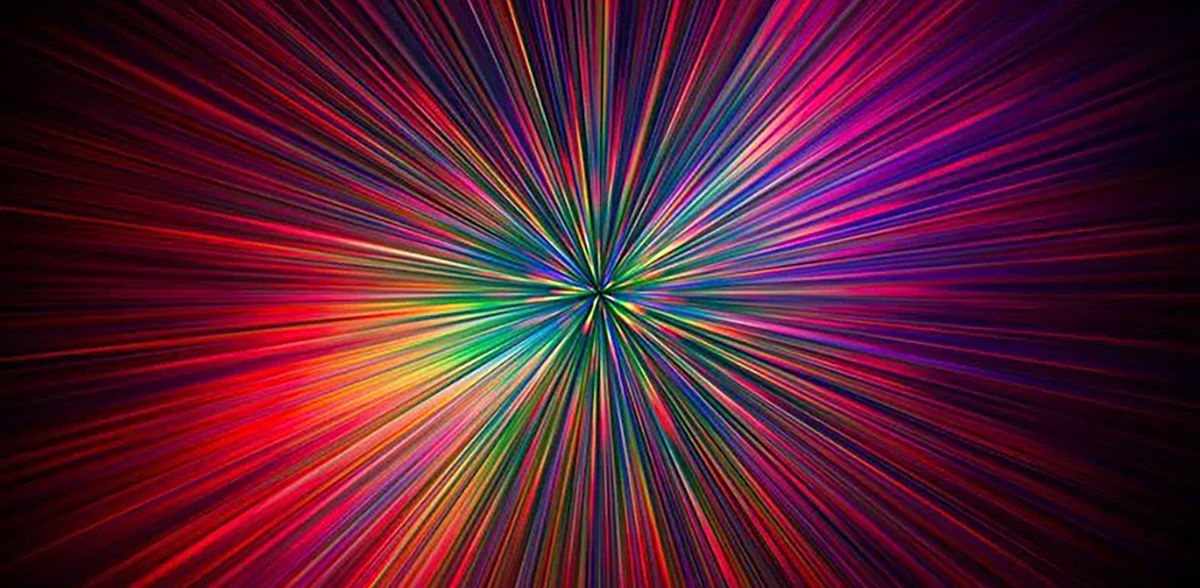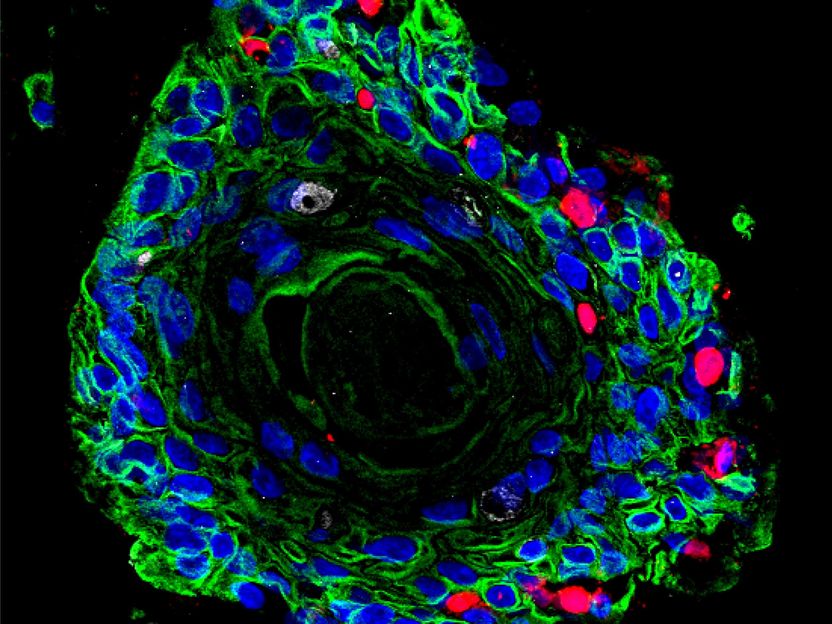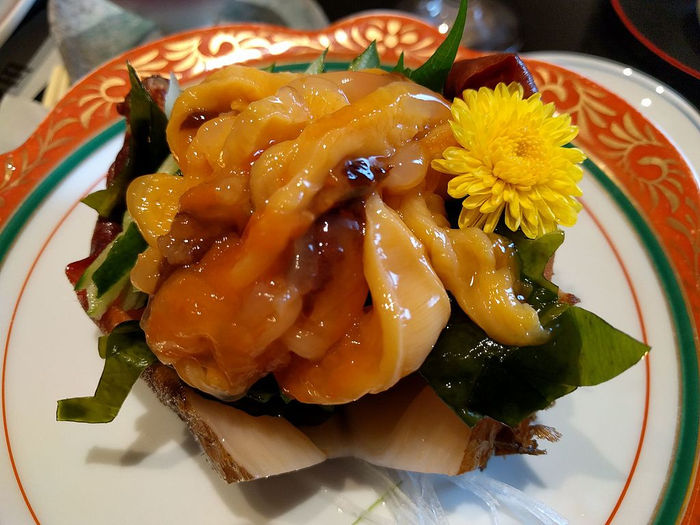New 'Chiral Vortex' of Light Reveals Molecular Mirror Images
The entirely new structure of light could help drug developers see their work more clearly than before
An entirely new structure of light is helping to measure chirality in molecules more accurately and robustly than ever before, in a major potential step for the medicine.
The study published in Nature Photonics was led by the Max Born Institute in collaboration with King’s College London, Imperial College London, and Università degli Studi di Trieste. The team has created an entirely new structure of light that traces out a chiral curve over time. This chiral curve has different shapes at different points in space, forming a vortex structure. By interacting with chiral particles it moves through over time, the new ‘chiral vortex’ provides an accurate and robust form of measurement.
Chirality is a property of asymmetry important in several branches of science including physics, chemistry, biology, and medicine. Many molecules, like human hands, come in couples: they have a ‘right-handed’ and a ‘left-handed’ version, which are mirror images of each other, but cannot be placed on top of each other to look the same.
This ‘handedness’ of the molecule (its chirality) determines how it interacts with biological systems like the human body. The balance between left-handed and right-handed versions of the same molecule is broken in all living organisms. It enables the stability of proteins and metabolic processes. This is why distinguishing left-handed from right -handed molecules is so important.
“Cutting edge research, for example, by my Technion colleague Prof. Herman Wolosker, shows that the relative concentration of left vs right molecules can serve as a biomarker for cancers, kidney and brain diseases.” Prof. Olga Smirnova
With our new method, a tiny excess in the concentration of either mirror twin can be detected..., possibly enough to make a life-changing difference." Dr Nicola Mayer
Optical methods for distinguishing left-handed from right -handed molecules outpace in their speed the chemical methods and hold a potential for detection of chiral biomarkers. However, traditional optical methods face a number of challenges, including the need for large sample sizes to accurately identify left-handedness or right-handedness, which can get very expensive.
The new research introduces a completely new structure of light: the electric field of the light traces out a chiral curve over time, with a handedness that changes as you go around the beam. This spatial variation of handedness then creates a ‘chiral vortex’.
When chiral molecules interact with this vortex, they emit photons through a process called high-harmonic generation (winner of the Nobel Prize for Physics 2023) in a recognisable pattern that can be spotted by an experiment.
When a molecule's handedness is switched, the corresponding pattern of chirality rotates in space. This is picked up by readings in a rotating pattern of colour that distinguishes the handedness of the molecule. The far left is a left-handed molecule, while the one on the right is right-handed, both with very specific patterns.
When the molecule’s handedness is switched, the corresponding pattern rotates in space. This allows for a more accurate detection of the handedness of the sample, when compared to standard methods as they rely on the comparatively weak magnetic field of the light which produces a far weaker signal.
Dr Nicola Mayer, postdoctoral researcher in the group of Prof. Olga Smirnova at the Max Born Institute and incoming Marie Skłodowska-Curie Actions Research Fellow at King’s College London, and the first author of the study, said “Traditional measures of chirality have struggled to identify the concentration of right- and left-handed molecules in samples containing almost equal amounts of both. With our new method, a tiny excess in the concentration of either mirror twin can be detected, such as when the sample is 49% right-handed and 51% left-handed. It can find applications in detection of chiral biomarkers.”
“By focusing on the detection of a rotating pattern of the light emitted by the molecules, it is a lot easier to sense and interpret minor differences in the handedness of dilute samples. Furthermore, the vortex nature of the laser beam we designed means the signals we receive are robust against the common pitfalls of chirality experiments in the lab, like fluctuations in the intensity of the light, empowering more people to carry out this work.
This understanding can lay the groundwork for shaping the behaviour of electrons and even eventually influencing chemical reactions with light." Dr Nicola Mayer
“These signals can also provide a snapshot into how electrons move inside molecules at their natural speed, this understanding can lay the groundwork for shaping the behaviour of electrons and even eventually influencing chemical reactions with light.”

























































